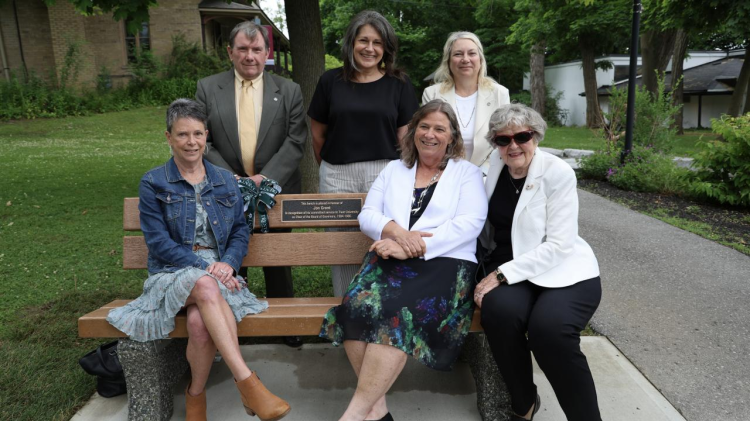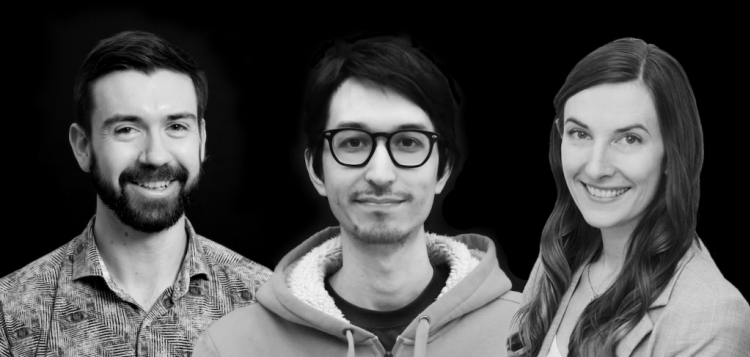Figuring out the ages of stars is fundamental to understanding many areas of astronomy - yet, it remains a challenge since stellar ages can't be ascertained through observation alone.
So, astronomers at the University of Toronto have turned to artificial intelligence for help.
Their new model, called ChronoFlow, uses a dataset of rotating stars in clusters and machine learning to determine how the speed at which a star rotates changes as it ages.
The approach, published recently in The Astrophysical Journal, predicts the ages of stars with an accuracy previously impossible to achieve with analytical models.
"The first Wow' moment was in the proof-of-concept phase when we realized that this technique actually showed a lot of promise," says Phil Van-Lane, a PhD candidate in the Faculty of Arts & Science's David A. Dunlap department of astronomy and astrophysics who led the research.
Van-Lane worked on the project with Josh Speagle and Gwen Eadie, who are both assistant professors of astrostatistics in the departments of statistical sciences and astronomy and astrophysics.
The research draws on two existing approaches to better estimate stars' ages.
The first stems from the fact that stars tend to form in clusters. This means researchers can often determine the age of all stars in the cluster by observing the evolutionary stages of a cluster's higher mass stars, which progress more rapidly than those of lower mass stars. At the same time, researchers know that as stars get older, their spin tends to slow down due to the interaction of the star's magnetic field with its stellar wind - a phenomenon that is well understood, but difficult to quantify with a simple mathematical formula.


From left: researchers Phil Van-Lane, Josh Speagle and Gwen Eadie (supplied images)
With ChronoFlow, the U of T researchers assembled the largest-ever catalogue of rotating stars in clusters, with about 8,000 stars in over 30 clusters of various ages, by using data from stellar surveys such as Kepler, K2, TESS and GAIA. Next, they used the dataset to train their AI model to predict how the speed at which a star rotates changes as it ages.
"Our methodology can be likened to trying to guess the age of a person," says Speagle, who guided the project from start to finish. "In astronomy, we don't know the ages of every star. We know that groups of stars have the same age, so this would be like having a bunch of photos of people at five years old, 15 years old, 30 years old, and 50 years old, then having someone hand you a new photo and ask you to guess how old that person is. It's a tricky problem."
The result? ChronoFlow has learned to estimate the ages of other stars with remarkable precision. This is because it models how rotation rates of populations of stars are expected to evolve over time.
The research could have important implications across many aspects of astronomy. Knowing stellar ages is necessary to understanding not only how stars work, but also modeling how exoplanets form and evolve, and learning about the history of the evolution of our own Milky Way as well as that of other galaxies.
The success of ChronoFlow also demonstrates how machine learning models could yield valuable insights into other astrophysical problems.
The model will be available to the public, along with documentation and tutorials which provide steps for anyone to infer the ages of stars from observations. The code can be found on GitHub.












